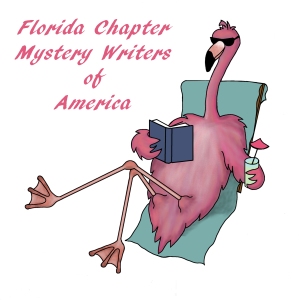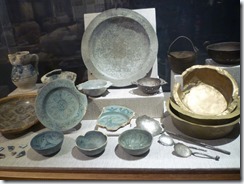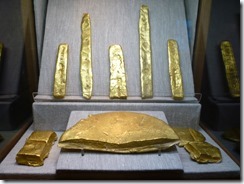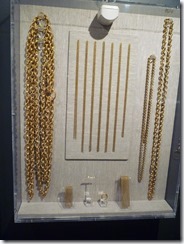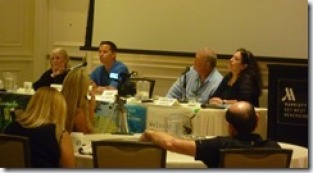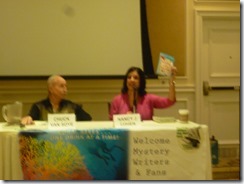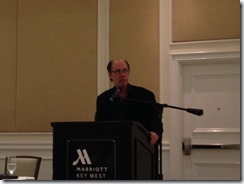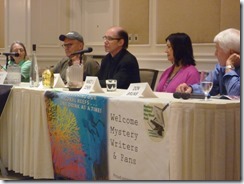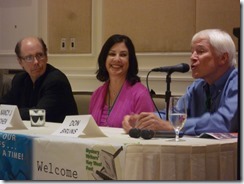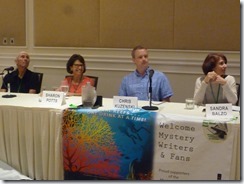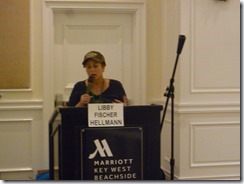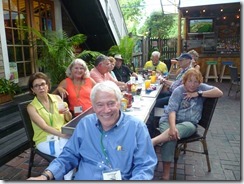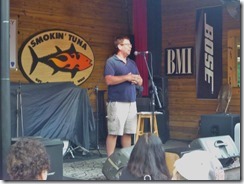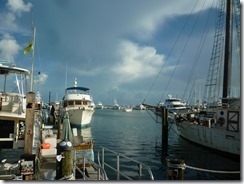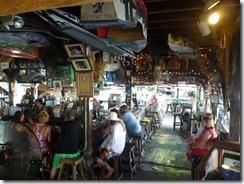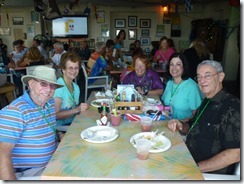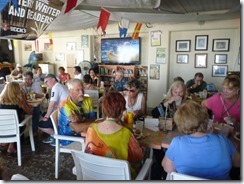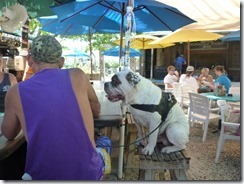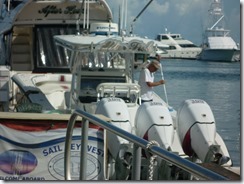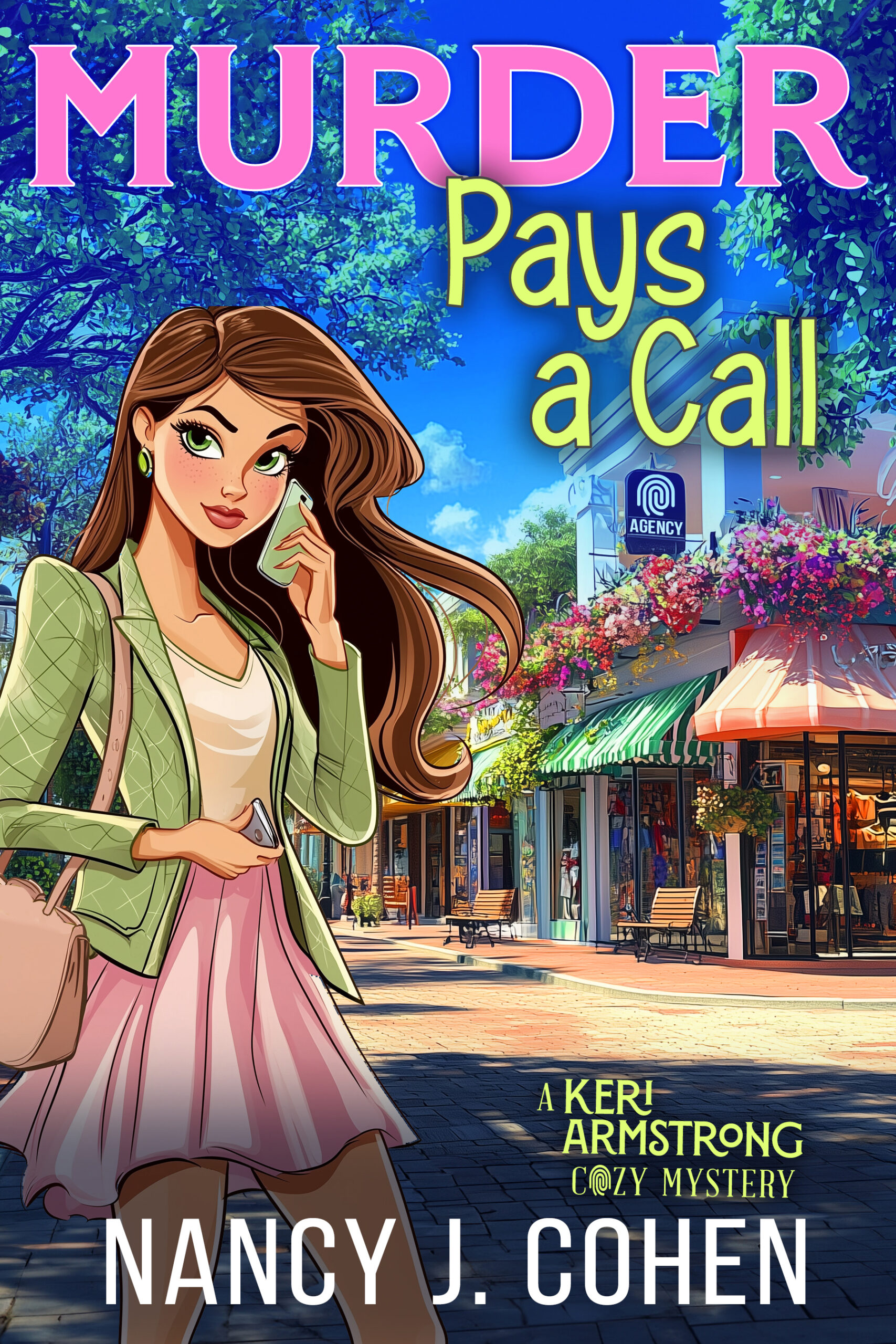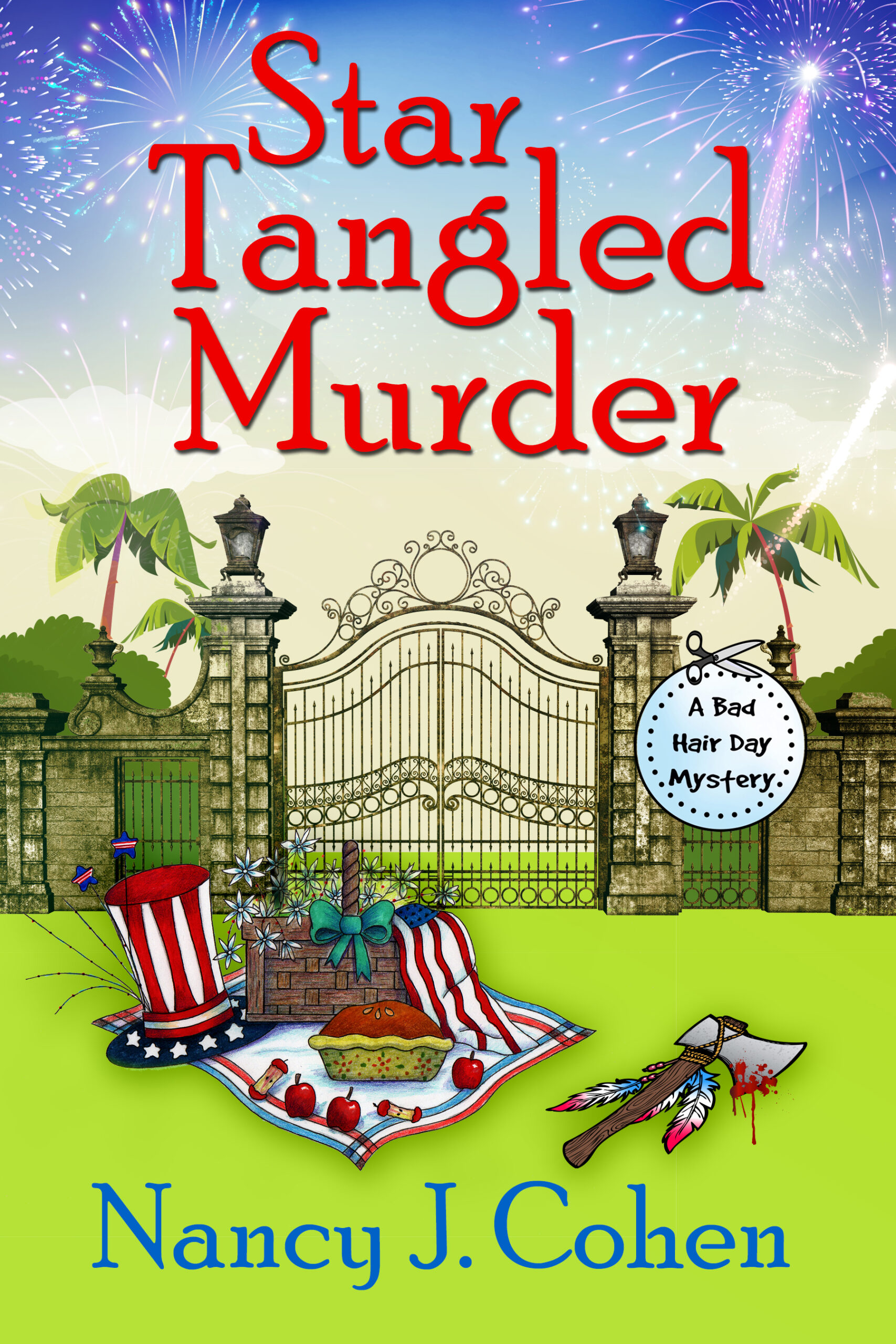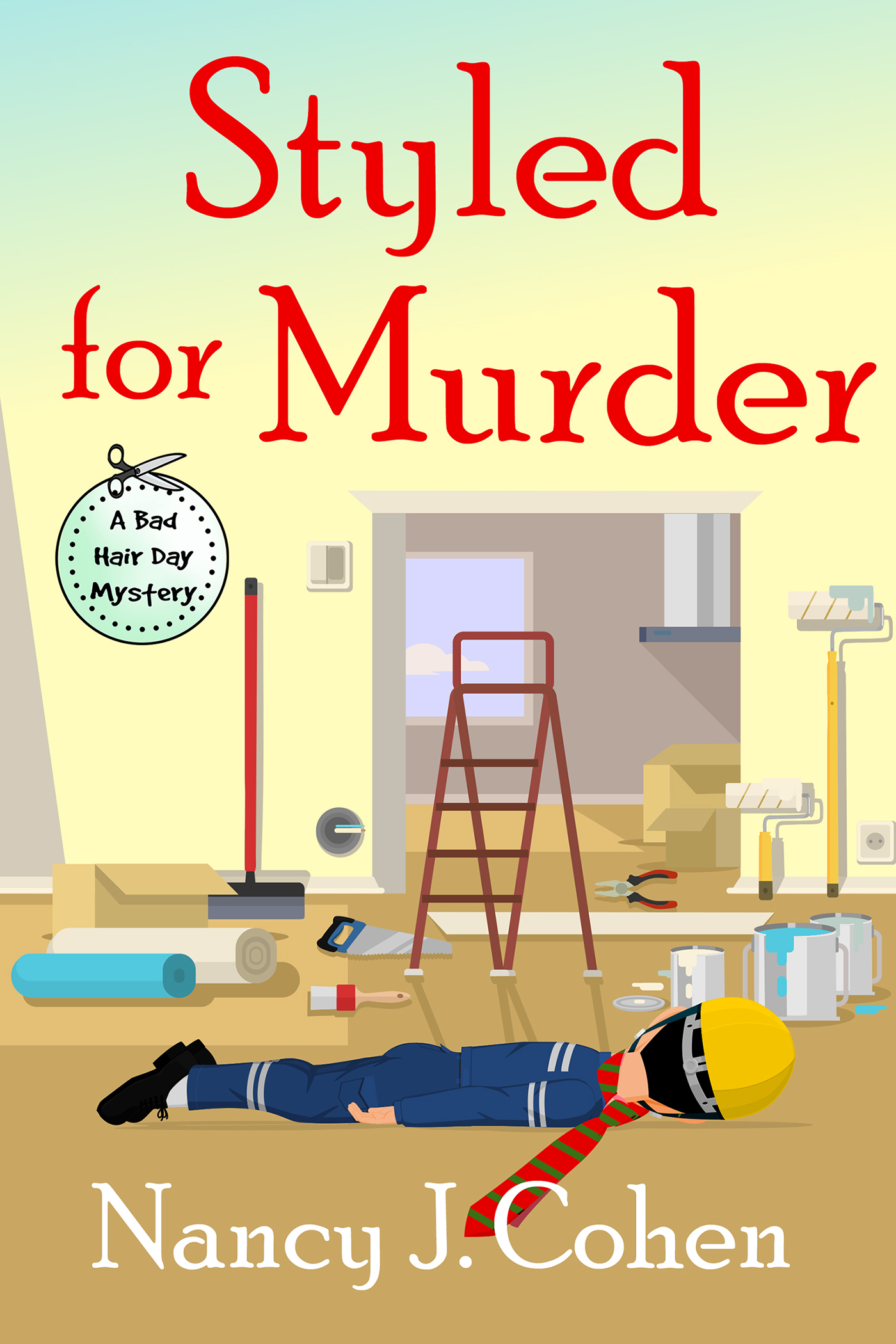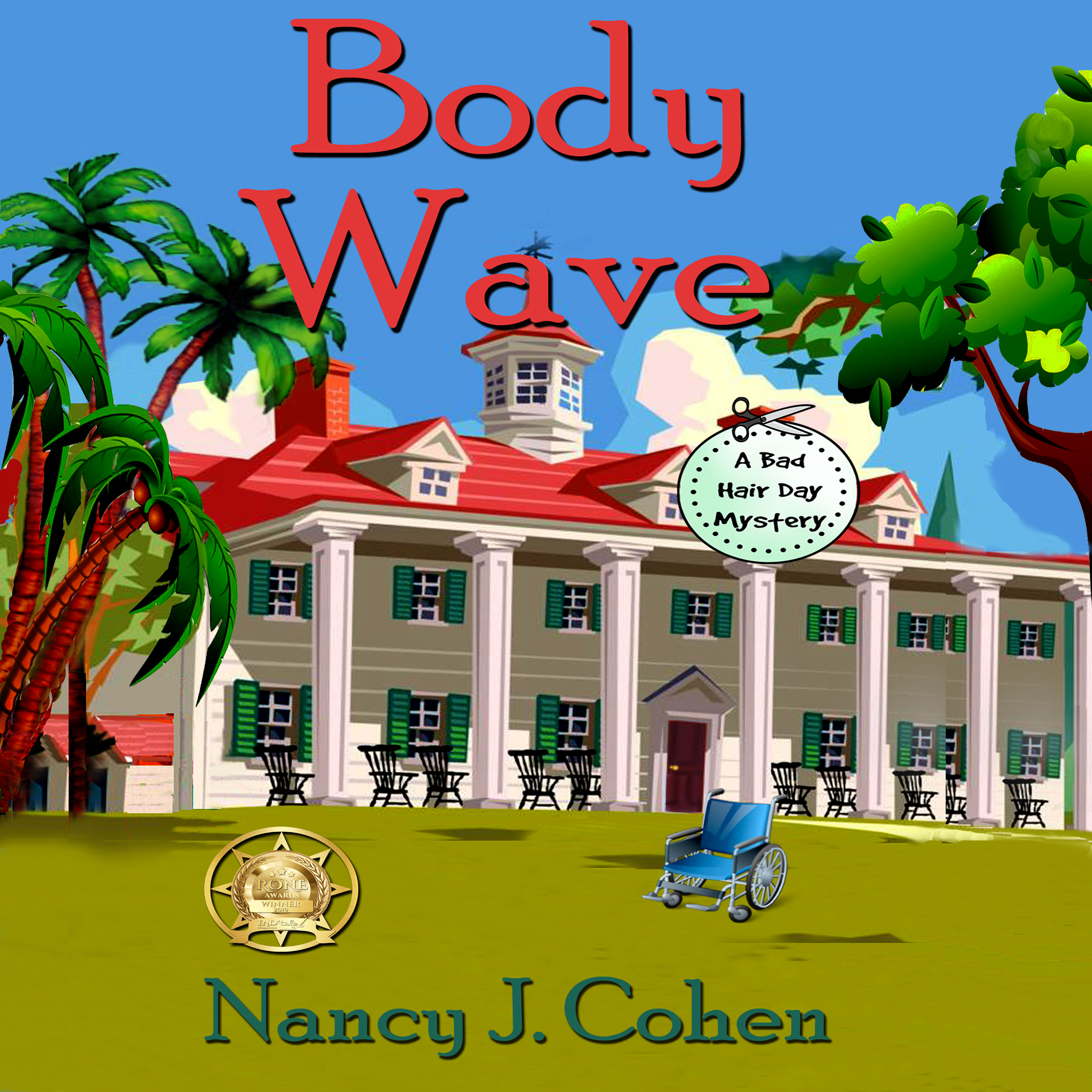Book Reviews: Summer Reads
Here are some of the books I’ve read over the summer. You can also follow my reviews on Goodreads: http://www.goodreads.com/author/show/91508.Nancy_J_Cohen
The Royal Assassin by Kate Parker (Historical Mystery)
This is the third title in the Victorian Bookshop Mysteries, and it’s just as enjoyable as the first two installments. With the Russian Princess Kira visiting England, Georgia Fenchurch from the Archivist Society is employed to keep Her Highness safe. To this end, she takes a job as secretary to a Duchess. When the royal visitor’s guard is killed and her chaperone is found dead, the stakes escalate. Which one of their household bears a grudge strong enough to murder? Are Russian anarchists involved? And how do these incidents relate to a series of bold thefts in the area? Georgia has her hands full playing detective along with the handsome Duke of Blackford. With the detailed period setting, engaging characters, and puzzling mystery, you’ll keep turning pages to the end and will be eager for the sequel.
Rookie Privateer by Jamie McFarlane (Science Fiction)
Liam Hoffen chafes against his fate, being stuck on a mining asteroid and working in his father’s business. But a pirate attack changes everything. His heroism, along with two friends, saves the settlement. However, his injuries prevent him from every applying to the Navy which he would have done if he’d had the funds. As if in answer to his dreams, the Navy grants him and his friend Nick salvage rights to the pirate vessel and asks for their help in a secret mission. Soon Liam and Nick are off on a voyage of adventure and the beginning of many more stories.
I really enjoyed this book and hope to read the next in the series. It’s fast-paced, well-written, and reminds me of the early Vorkosigan saga stories by Lois McMaster Bujold.
Why Kings Confess by C.S. Harris
With his wife about to give birth and his best friend enamored of a mysterious French emigrant, Sebastian St. Cyr gets on the trail of a killer who mutilates his victims. Ties to the French royals, rumors of the “Lost Dauphin” being alive, and a possible conspiracy to prevent a peace treaty with Napoleon keep him busy tracking clues. Someone has targeted him, and Sebastian must find this perpetrator before his wife and unborn child are endangered by his investigation. But the one person who can help is the one he trusts the least. Why Kings Confess is another sterling addition to a gripping series.
The Impertinent Miss Bancroft by Karla Hocker (Historical Romance)
Sophy Bancroft takes a job as governess to Viscount Northrop’s unruly niece and nephews. But caring for children isn’t enough to hold her interest. She insists on investigating several thefts that have recently occurred at his lordship’s estate. Her forthright manner and logical approach startle the viscount into allowing her participation, and he soon finds himself under her spell. But when thievery turns into murder, he dares not risk her life. How can he convince the determined woman to comply? The Impertinent Miss Bancroft is a clever mix of a murder mystery and a Regency romance.
Gathering Mist by Karla Brandenburg (Fantasy Romance)
Giselle is a Kundigerin who possesses powers she tries to deny. This becomes impossible when people close to her are killed. She learns a demon is responsible, and he’s after her next. She turns for help to an old flame turned rock star, who is the only man that can help her. But to work together, they must regain the trust they lost so many years ago. Set in a unique universe, Gathering Mist will have you rooting for this young couple to combine their powers and defeat the enemy.
Imperfect Daddy by Gregg Brickman (Mystery)
A former cop and now a nurse, Sophia isn’t happy when her police detective boyfriend won’t talk about his past. Ray has a personal connection to a recent murder case that makes her question his judgement. The deeper she digs, the more concerned she becomes. Did Ray knowingly help convict an innocent man who went to jail for murder? Or was he duped? Later he brought forth a witness whose testimony freed the guy. Now the man is on the loose, and he might have killed again. His wife and son are found murdered and the daughter raped. She claims “daddy” did it. Is the released criminal at fault? And how is Ray’s ex-wife involved? The closer Sophia gets to the truth, the further she pushes Ray away. But if she can’t trust the detective, she can’t be a part of his life. This solid whodunit will keep you guessing until the end.
The Improper Wife by Diane Perkins (Historical Romance)
Maggie Delaney seeks the lodgings of her about-to-be born child’s father, but the man who opens his door to her is a stranger. Pleading for his help, she accepts the nobleman’s aid in the birth of her son. But if this is the real Captain John Grayson, who was the man she married? She’d believed the guy to be dead, drowned in the river. Afraid to be accused of murdering him, she remains silent about her past.
When a pregnant woman shows up at his door and announces she’s his wife, Gray is stunned. The lady even has papers to prove their marriage took place. Foisting her off on his relatives along with her newborn son, he forgets about her until he returns home to his father’s country manor. There he finds Maggie, who has entranced his family. He has no choice but to go along with her charade that she’s his wife. As he falls under his charms, he wishes their marriage wasn’t a sham. There is only one thing that stands in his way, and that’s the identity of the man who fooled her. Maggie is oddly reluctant to discuss the fellow. How can he trust her when she refuses to confide in him?
Dark Moon Rising by Jacqueline Seewald (Romantic Suspense)
Dark Moon Rising has gothic undertones, ghosts, and family secrets. A curse on the Hunt family claims a victim each year who dies a violent death. When Cassie’s car breaks down and she is given shelter by Colonel Hunt in his southern mansion, she’s grateful for his help. But she’s soon swept into a swirl of deceit involving his sons and other townspeople who don’t seem to want Cassie to leave. Why does she keep sniffing lilac scent around the house? And what’s wrong with the girl she meets in the woods who acts possessed? How come the Colonel won’t tolerate the girl’s name being mentioned? Trouble is brewing, and Cassie senses the evil that pervades the house. Will only another tragedy right a past wrong? Or can she prevent the doom that she senses is coming? Can she trust Jim, the Colonel’s son, or does he have a violent disposition like his brother, Drew? Somebody must die to fulfill the curse. Which one of them will it be? Dark Moon Rising is a gripping story that will have you turning pages until the surprising outcome. Another winner by Jacqueline Seewald!
Eggsecutive Orders by Julie Hyzy (Mystery)
White House chef Ollie Paras is horrified when politician Carl Minkus dies in the midst of a meal supplied by her staff. Relieved from duty, she doesn’t trust the Secret Service to look for the true culprit when they’re convinced her kitchen provided the tainted food. But who would want to get Minkus out of the way? And who else had access to his meal? Involved in intrigue and politics, Minkus could have stumbled onto a secret that someone might kill to protect. Ollie hastens to find the killer so her visiting mother and grandmother can get the White House tour she’d promised them. But can she guarantee no one else will come down with a fatal case of food poisoning? This cute story in the White House Chef mystery series will have you rooting for the crook to be caught so Ollie and her crew can prepare for the upcoming Easter Egg Roll event. Entertaining and inventive.
Vicky Peterwald: Survivor by Mike Shepherd (Science Fiction)
In this second volume of the Vicky Peterwald series, the Grand Duchess of Greenfeld focuses on the goal of helping her people. Vicky has led a spoiled life. But now the palace holds nothing for her but intrigue and death. Tired of assassination attempts and abductions, she escapes with the Navy fleet where she serves as an officer. But as her leadership skills surface, she finds herself pulling on her title more often for clout. She uses her elevated status to help the people starving in the wake of her stepmother’s play for power. As she comes closer to outright rebellion, Vicky builds her supporters, including a diplomat named Mannie of whom she grows fond. I’m hoping we see more of their relationship in the sequel, and that Vicky halts her promiscuous ways to settle on one guy. I’d like her more in a straight, monogamous relationship with a clear focus to free her people from the yoke of her evil stepmother’s family.
Vicky Peterwald: Target by Mike Shepherd (Science Fiction)
Grand Duchess and Greenfeld Navy Officer Vicky Peterwald is on her way home from a battle with ferocious aliens that left most of her fleet dead. But someone doesn’t want Vicky to make it back to the palace. Several assassination attempts leave no doubt in her mind that her evil stepmother wants Vicky out of the way. Her father, the Emperor, has become this woman’s puppet. Even when Vicky reaches the palace, she sees it’s useless to tell her father the truth. He prefers his own version of reality. Meanwhile, the empress initiates attacks on Naval leadership, who decide they want Vicky on their side. But is she strong enough to resist the net tightening around her and to rally supporters? Along the way, she grows from a spoiled sex vamp to a leader who cares about her people. This first series title is a spinoff from the Kris Longknife series. It is fast-paced and fun with a sympathetic—albeit promiscuous—heroine.
<><><>
What books have you enjoyed lately?
<><><>
Contest Alert!
Win a Collectible Handcrafted Porcelain Drummer Doll or one of two Runner-Up Prizes: a pair Arizona crafted earrings and a signed paperback Hanging by a Hair
ENTER HERE











